Speaking of affinity, Affinity is a huge element in Xenoblade Chronicles. Used to describe character relationships both with other party members and with NPCs, and even between NPCs, Affinity also is used to refer to your performance in battle, your penchant for surprise attacks, and just how good your characters are at working together.
Affinity comes basically in two forms- personal affinity and battle affinity.
Battle Affinity is by far the simpler. Each time you start combat or slay a target and move to a new target, you will get a chance to establish Battle Affinity. This is an indicator of how ready you are for the fight, and can grant you considerable bonuses if you time your left-trigger pull right- or inflict a notable penalty if you manage to not try at all to trigger affinity. Triggering Battle Affinity at the start of a combat grants you bonuses as though you had committed an ambush or surprise attack, powering your Talent Art gauge and slowing your opponents at the start of battle. Additionally, using the B trigger will allow the character you control to call out an Affinity Cry. This cry is affected by the personal Affinity your character has with the character you are trying to effect- it will increase the targeted character’s Tension, allowing them to be more accurate and hit critically more often, and it will reduce or eliminate the durations of the Break and Topple effects. Additionally, using an Affinity Cry improves the personal affinity between the two characters.
Personal affinity is a bit more complicated. Representing how good a relationship there is between two characters or your party and a given town or area, personal affinity is used to unlock additional quests, gain access to more trades, and unlock the special dialogues known as Heart-to-Hearts. There are plenty of ways to improve personal Affinity, and since there is no actual penalty in the game for having high Affinity, it always pays to improve it.
Affinity between your party and an area is improved by completing quests in the area, and is represented on the Affinity Map by a star rating of one to five beneath the title of the area. Affinity between NPCs is marked by lines of connection and relation, marked with icons and happy/mad faces. This form of affinity changes as you complete some quests, and may improve or degrade. Affinity within your party is affected by how your characters behave and help one another in combat, as well as by how you progress through Heart-to-Heart dialogues. Because Heart-to-Heart dialogues are unlocked by affinity and improve affinity, it can pay to save before a Heart-to-Heart and try it over again if you don’t get the result you were looking for.
Keep in mind that NPCs who don’t have names will not appear on the Affinity Chart, do not have Affinity with other NPCs, and will not Trade with you.



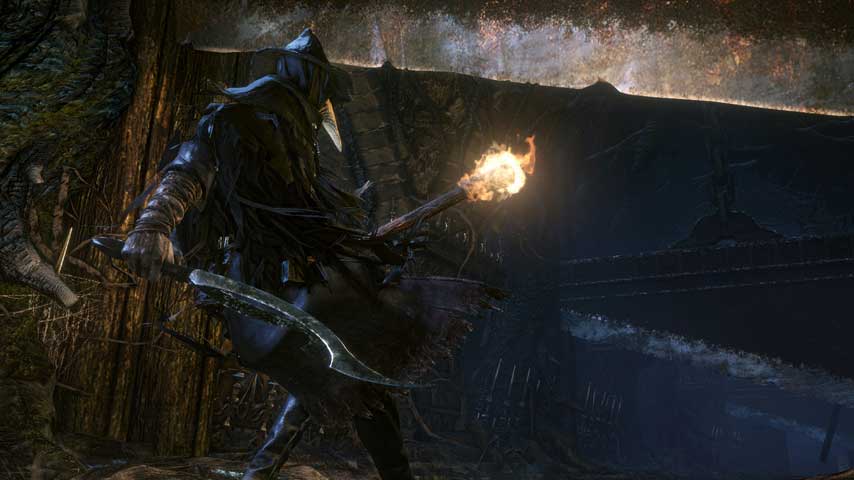
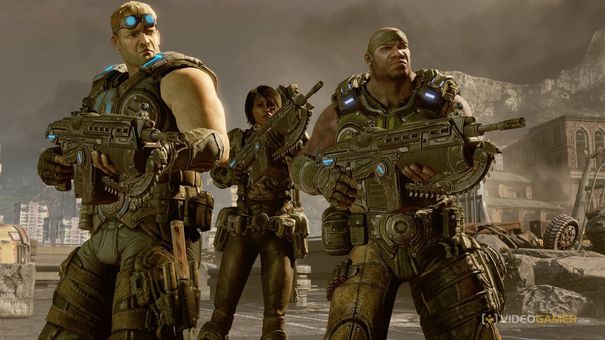
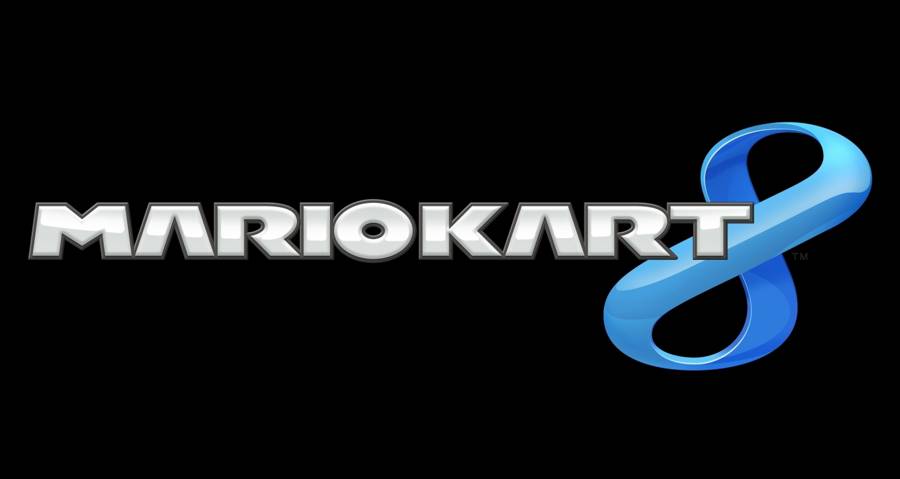
 Final Fantasy Type-0 HD Guide: Akademeia Tasks Guide
Final Fantasy Type-0 HD Guide: Akademeia Tasks Guide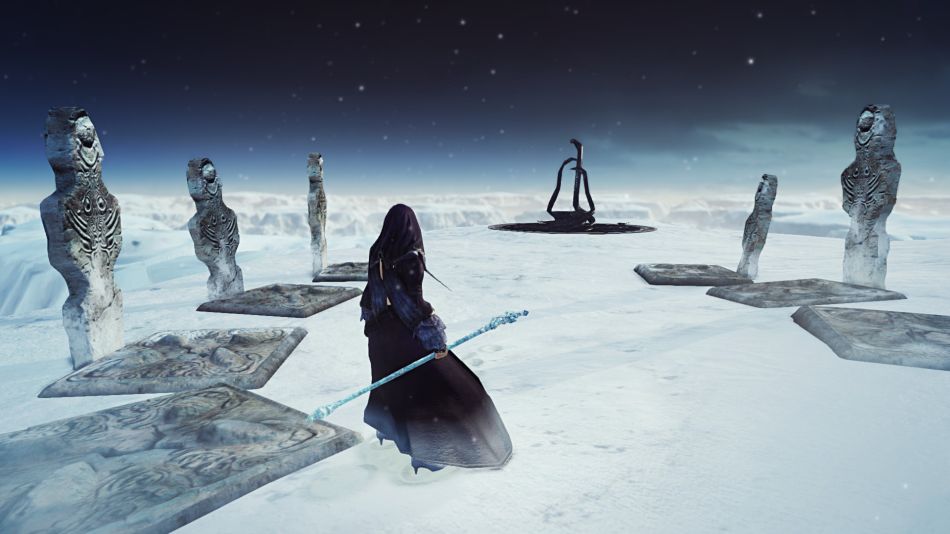 Darks Souls 2 guide: Crown of the Ivory King – Aava, the King’s Pet boss battle
Darks Souls 2 guide: Crown of the Ivory King – Aava, the King’s Pet boss battle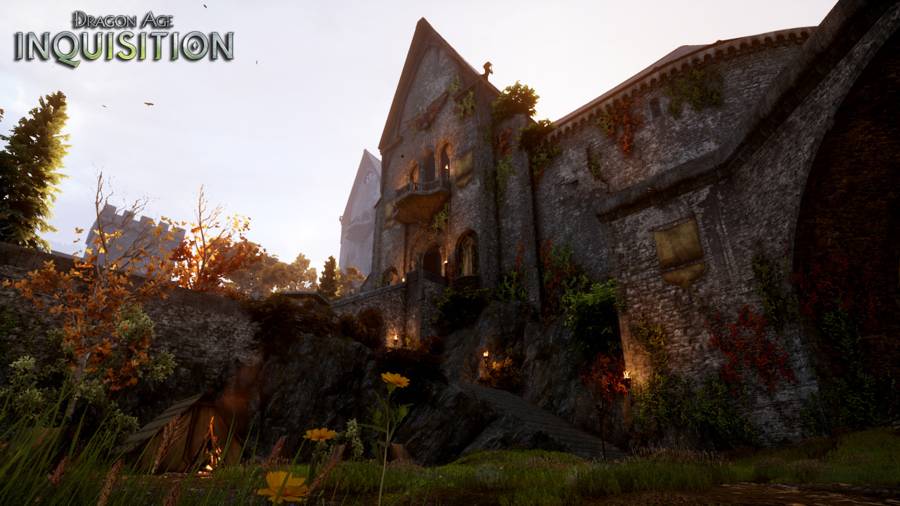 Dragon Age Inquisition: Haven Side Quests Guide
Dragon Age Inquisition: Haven Side Quests Guide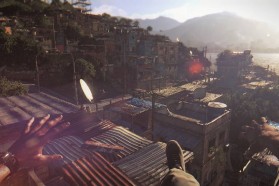 Dying Light Guide: Old Town Side Quest Guide
Dying Light Guide: Old Town Side Quest Guide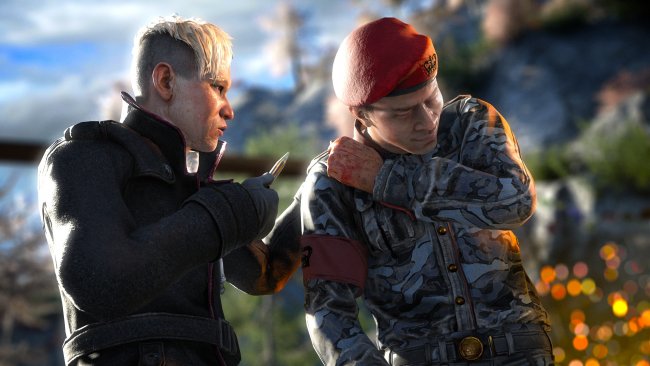 Far Cry 4: The 11 Things You Need to Know
Far Cry 4: The 11 Things You Need to Know